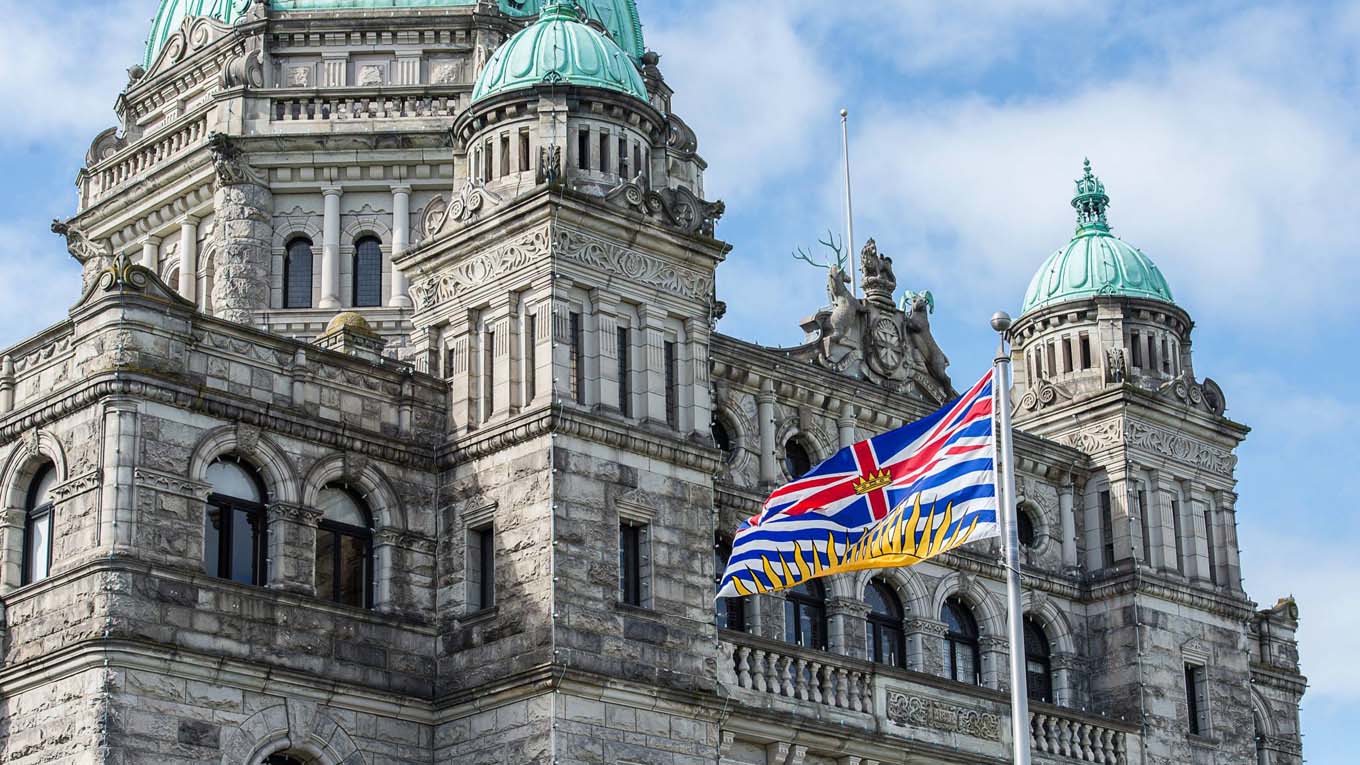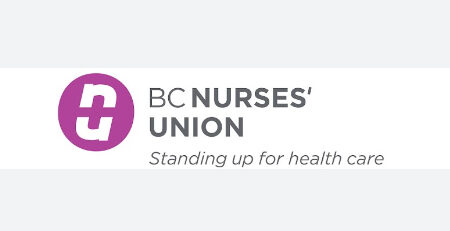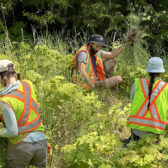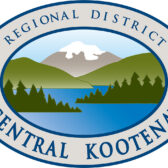Public notifications, evacuation route planning will strengthen community safety
To help keep people safe and informed during emergencies, the Province is providing funding to communities in B.C. to improve planning for emergency evacuation routes and public notifications.
“As we face more severe weather events due to climate change, the safety of people remains the top priority,” said Bowinn Ma, Minister of Emergency Management and Climate Readiness.
“Recent emergencies, such as wildfires and landslides, highlight how important it is that people have the information they need to evacuate safely. By investing in community evacuation route and public notification planning, we’re helping ensure that local governments and First Nations have the tools they need to keep people safe during emergencies.”
The Province is providing 22 communities with a total of $909,000 through the Community Emergency Preparedness Fund (CEPF) to develop and update plans, such as for the identification and capacity of available routes and methods of evacuation, and local emergency-alerting systems that provide information to people in the event of an emergency.
“Local governments and First Nations have been looking for support to update evacuation route plans, and funding like this will help to ensure that evacuation plans are up to date and clearly communicated to the public,” said Trish Mandewo, president, Union of British Columbia Municipalities.
“Supporting local governments to do this type of planning ahead of time will strengthen our ability to keep people safe when emergencies occur.”
This funding will help communities fund projects, such as:
- Enhancing community preparedness and resilience in Yekooche First Nation through improved evacuation and notification plan development. This will include engagement sessions with the public to build awareness and implementing evacuation strategies to ensure community safety.
- Improving emergency communication in Tofino by developing comprehensive plans to ensure swift and accurate information sharing. This will be done by expanding digital tools to reach as many people as possible when emergencies happen.
- Developing a robust hazard plan to support vulnerable populations in Nuxulk First Nation. This will include an evacuation plan that respects the ensures the values of self-determination, such as creating emergency notification policies, improving web capacity and incorporating a Canadian earthquake early-warning system.
- Hiring an emergency management consultant to support hazard planning for Saulteau First Nation and regional partners, West Moberly First Nations and the District of Chetwynd. This work will include developing public notification methods and materials to improve public safety during emergencies.
The Province has invested $369 million into the CEPF since it was established in 2017. More than $223 million has been provided to First Nations and local governments through the CEPF for more than 2,020 projects. Since the stream was created in 2018, approximately $4.5 million has gone to more than 135 public notification and evacuation route planning projects throughout the province.
The CEPF helps communities better prepare for and mitigate the impacts of climate-related emergencies by funding local projects and initiatives in several categories. In addition to public notification and evacuation route planning, other categories include:
- emergency operations centre equipment and training;
- disaster-risk reduction and climate adaptation;
- Indigenous cultural safety and cultural-humility training; and
- emergency support-services equipment and training.
The CEPF is administered by the Union of British Columbia Municipalities on behalf of the Province.

























